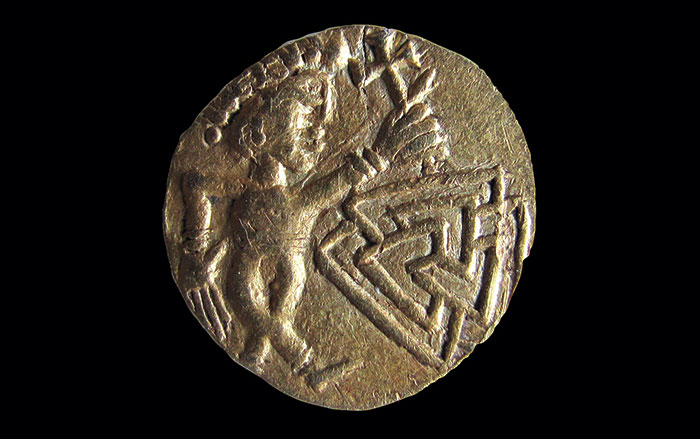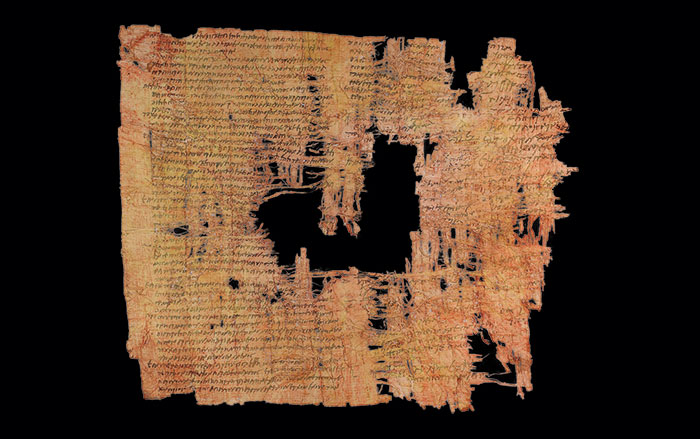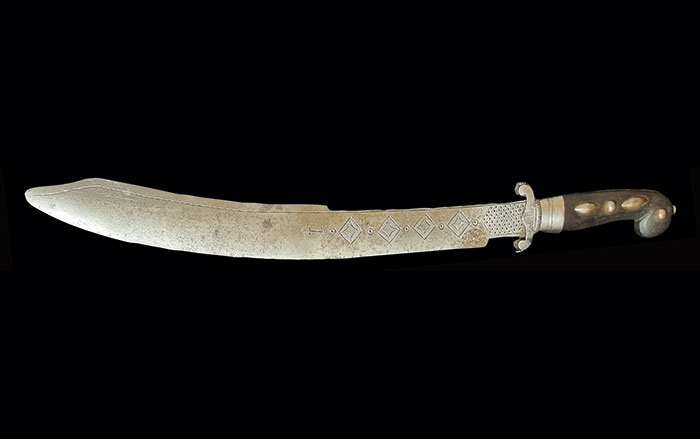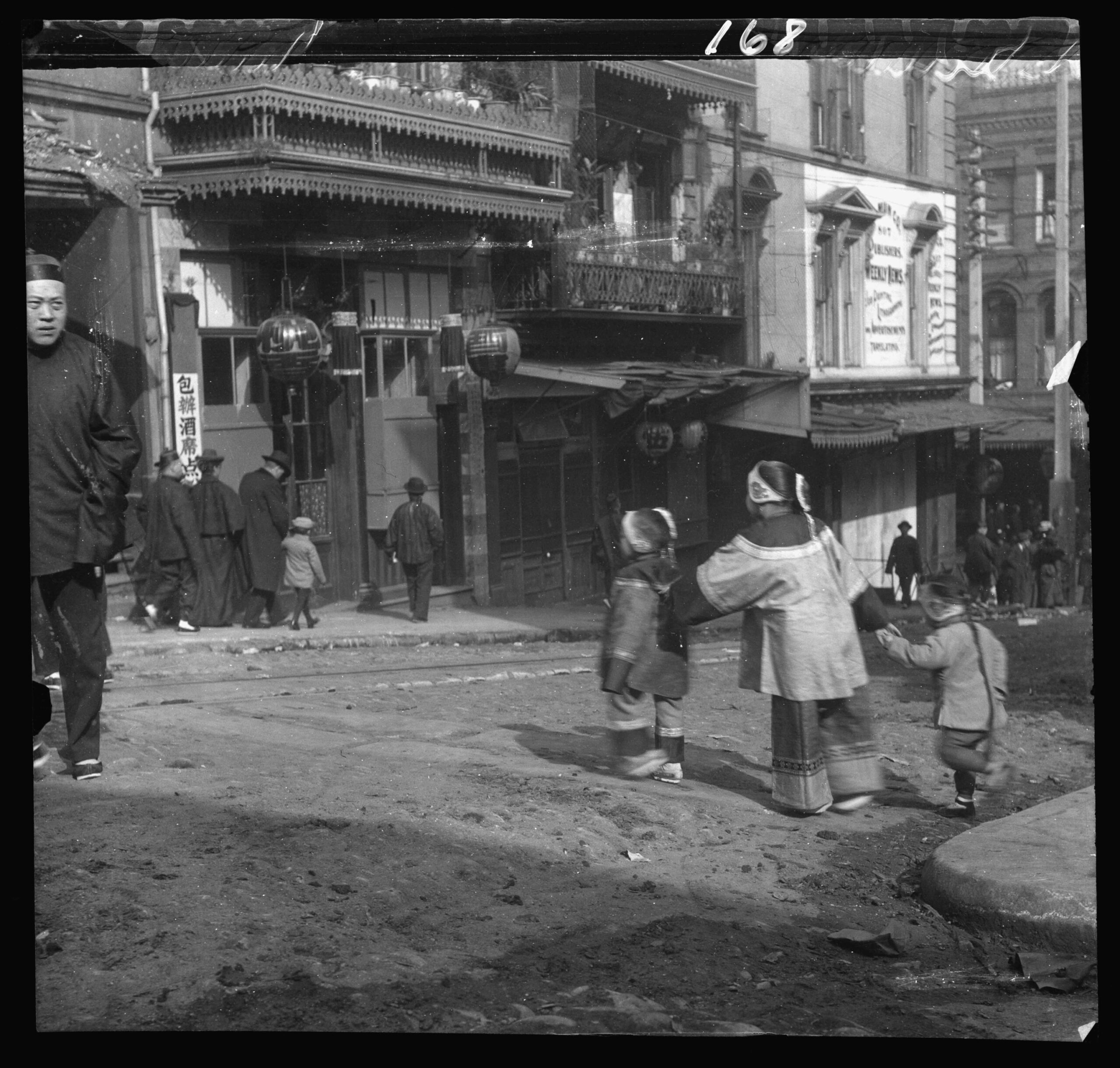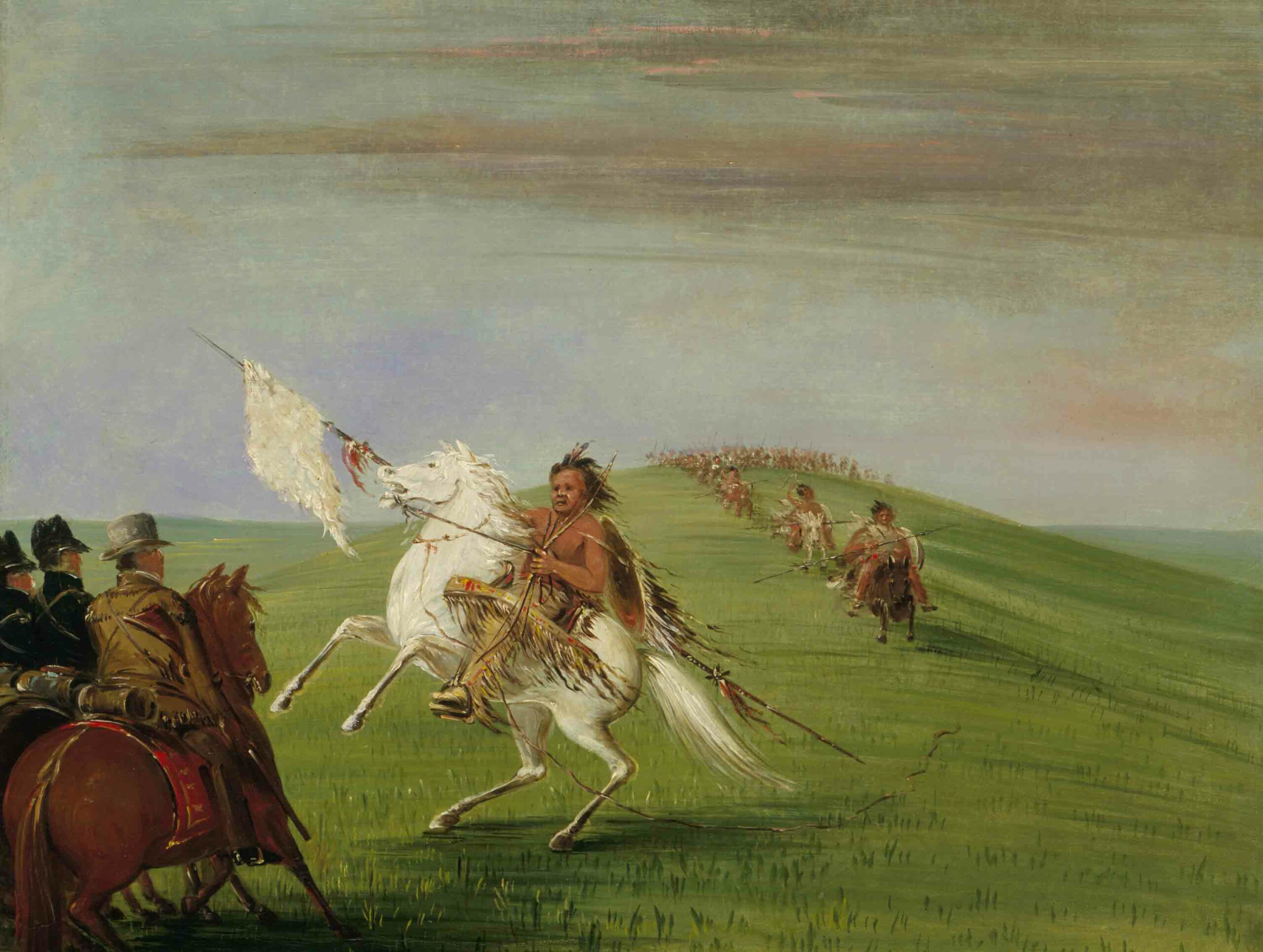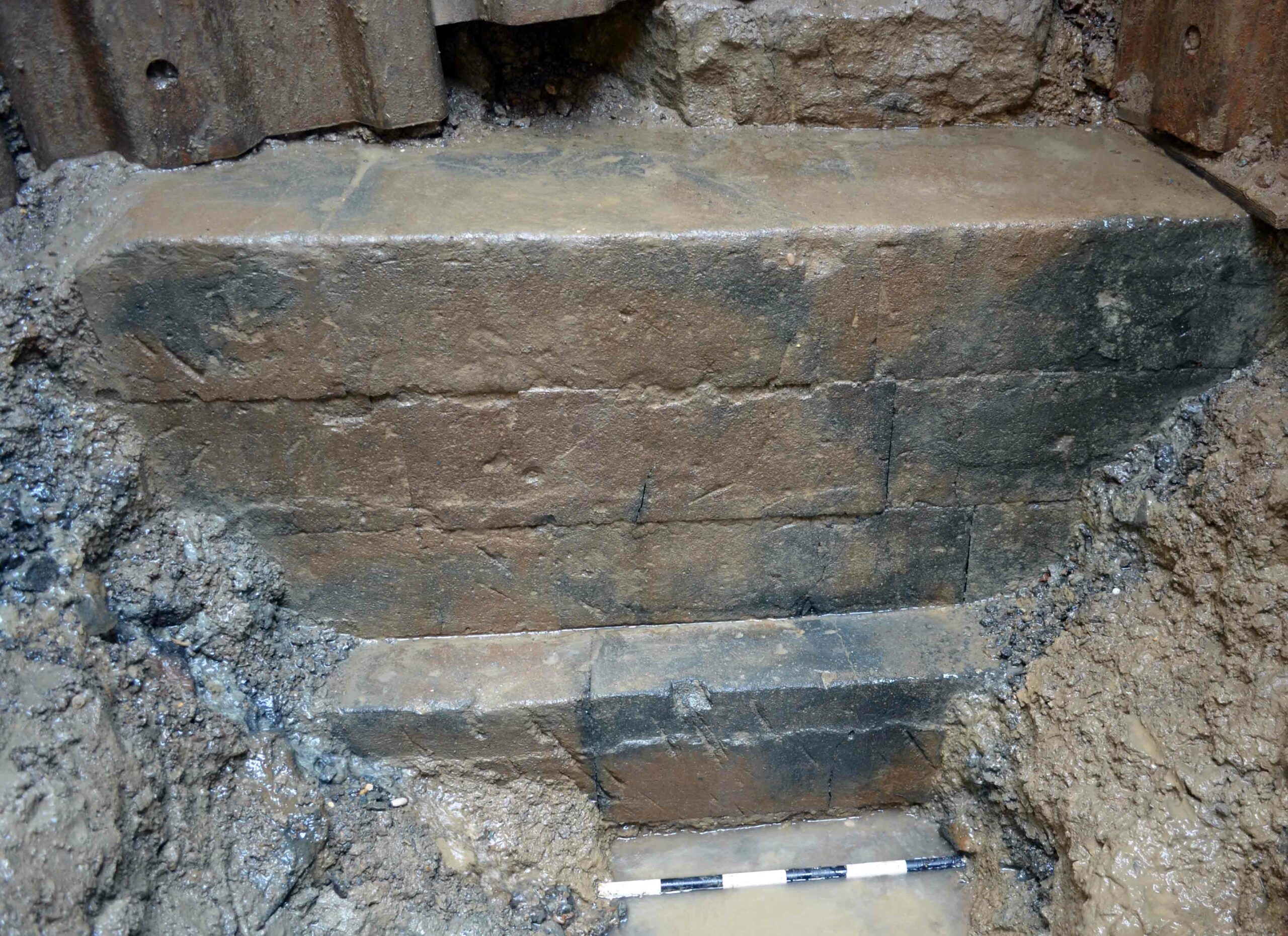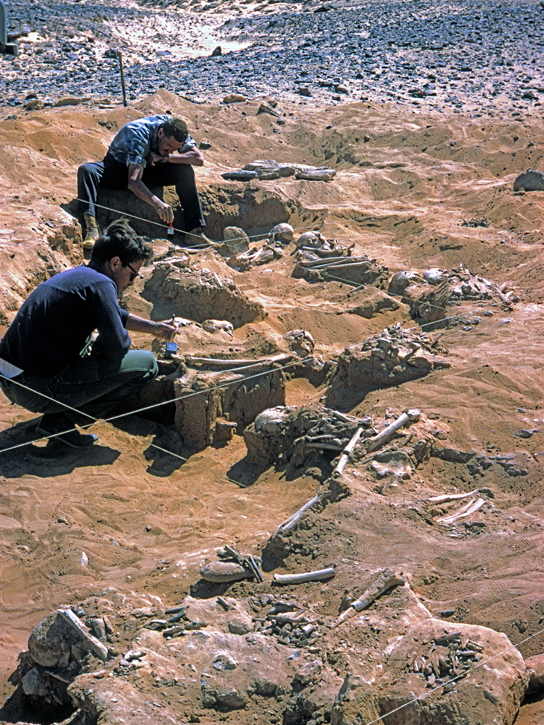
LONDON, ENGLAND—New technology has detected dozens of additional wounds on skeletons excavated from a 13,000-year-old cemetery on the east bank of the Nile River in northern Sudan. The bones were unearthed in the 1960s by American archaeologist Fred Wendorf, when arrow heads were found and their impact marks were noted. The bones were eventually moved to the British Museum, and they have also been studied by scientists from Liverpool John Moores University, the University of Alaska, and Tulane University. “The skeletal material is of great importance—not only because of the evidence for conflict, but because the Jebel Sahaba cemetery is the oldest discovered in the Nile Valley so far,” Daniel Antoine, a curator in the British Museum’s Ancient Egypt and Sudan Department, told The Independent. The new research indicates that the men, women, and children had been killed by enemy archers over time, during the drought of the Younger Dryas period. Human ethnic groups would have been drawn to the waters of the Nile, where they would have inevitably clashed. The victims are said to be from the world’s oldest-known large-scale armed human conflict. Further study will investigate the health of the victims at the time of death.



